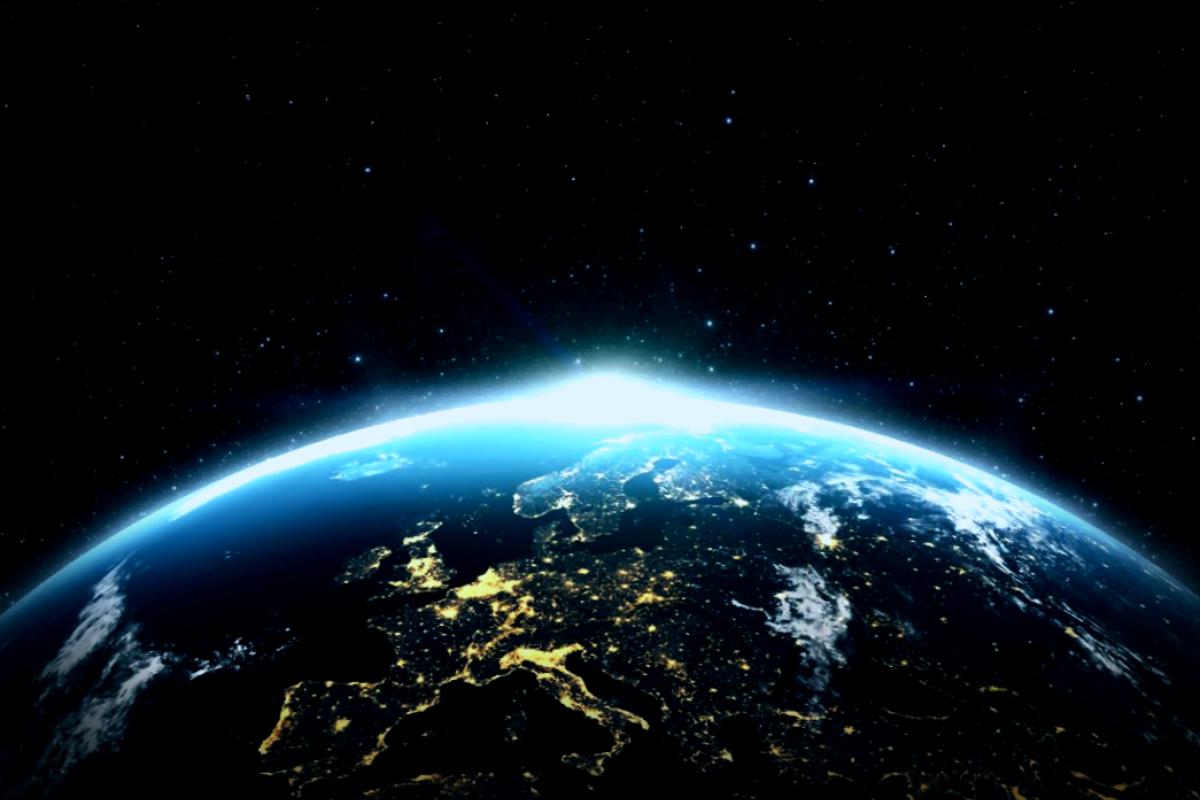Oxygen fuels life, but it won’t last forever. A new study by NASA experts reveals that our atmosphere could collapse within the next billion years.
What’s even more surprising? The experts predict that the decline in oxygen levels could begin as soon as 10,000 years from now. That’s not that far off when you think about it!
Christopher Reinhard, a co-author from the Georgia Institute of Technology, states, “The lifespan of oxygen-rich atmospheres may be shorter than we previously thought.” That’s a pretty concerning thought!
The research conducted by scientists from NASA and Japan’s Toho University looked into how our planet’s oxygen levels relate to the Sun getting warmer over time. The climate is warming, yes, but did you know that the Sun is expected to shine even brighter?
So, why does this matter? A warmer Earth will lead to the breakdown of carbon dioxide (CO2) in the atmosphere. This is bad news because plants need CO2 for photosynthesis to survive. No healthy plants means less oxygen for us!
If oxygen production fails, we face losing our protective ozone layer, opening the door to harmful ultraviolet rays hitting Earth. On top of that, we would see an increase in methane, adding yet another layer of trouble to our already fragile environment. Kazumi Ozaki, the study lead, put it simply: we could be heading for an atmosphere that’s loaded with methane and low in CO2, without an ozone layer to protect us.
The unfortunate reality is that humans and many other oxygen-reliant species won’t be able to handle these new conditions. Experts believe oxygen levels could drop to a shocking million times lower than current levels.
However, there might be a few anaerobic microorganisms hanging in there since they don’t rely on oxygen to exist.
This kind of drastic atmospheric change isn’t new for our planet; Earth saw similar conditions billions of years ago, long before the Great Oxidation Event that led to the current oxygen-heavy atmosphere.
The good news for us, though, is that this won’t happen overnight. While the long-term future looks grim, the decline isn’t something we have to worry about in our lifetimes. Yet, it’s important to note that this process could begin as soon as 10,000 years from now—a real wake-up call.
It’s also crucial to understand that these findings aren’t tied to human-driven climate change but rather to Earth’s natural evolution.
Moreover, grasping these dynamics can help astronomers looking to find life on exoplanets that have oxygen-rich atmospheres—a cosmic riddle.
But just because a planet has oxygen doesn’t mean it will have it forever.
On a somewhat dark yet oddly reassuring note, by the time Earth does start significantly losing its oxygen, scientists think we humans might not even be around after a billion years. Just a little comfort amidst all this!
The key takeaway? Nothing is forever; everything is temporary. It prompts us to appreciate what it takes to sustain life here on Earth today.
This study was published in Nature Geoscience.



















